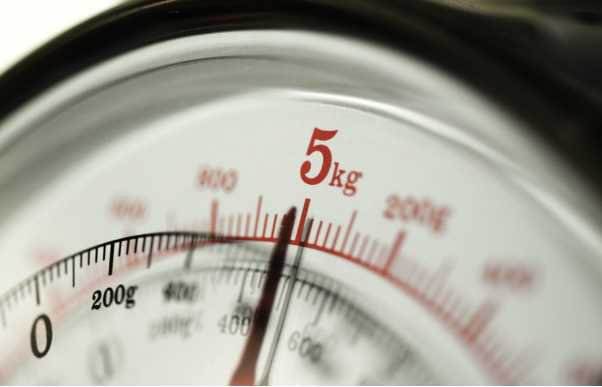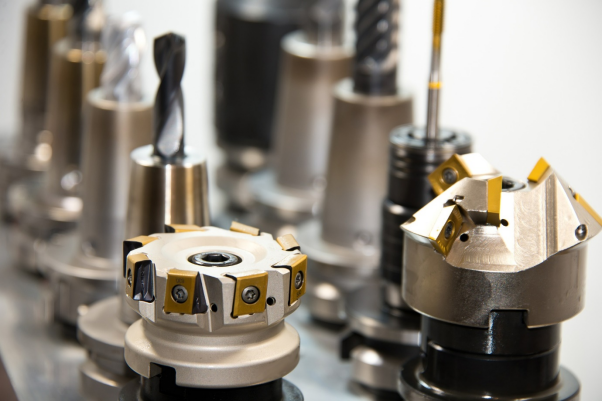Types of Pressure Gauges You Need to Know About

The pressure gauge is a device that measures the pressure of a fluid. Pressure gauges are used in many applications, such as boilers, steam engines, hydraulic turbines, and compressors. The pressure gauge is typically a U-shaped tube containing an element such as mercury or an air bubble. The column of fluid rises until it reaches an equilibrium with the atmospheric pressure on one side of the tube and the higher pressure on the other side of the tube. The height of the column correlates to the pressure difference between these two sides and can be read at a point where it crosses a line drawn on this tube at right angles to its length. Pressure gauges show how much force per unit area is being applied to something. Let’s look at the main types of gauges. Commercial and Industrial Pressure Gauges Commercial gauges serve as all-purpose pressure measurement equipment in the HVAC and refrigeration industries. Industrial gauges are utilized in various sectors, including ma...


